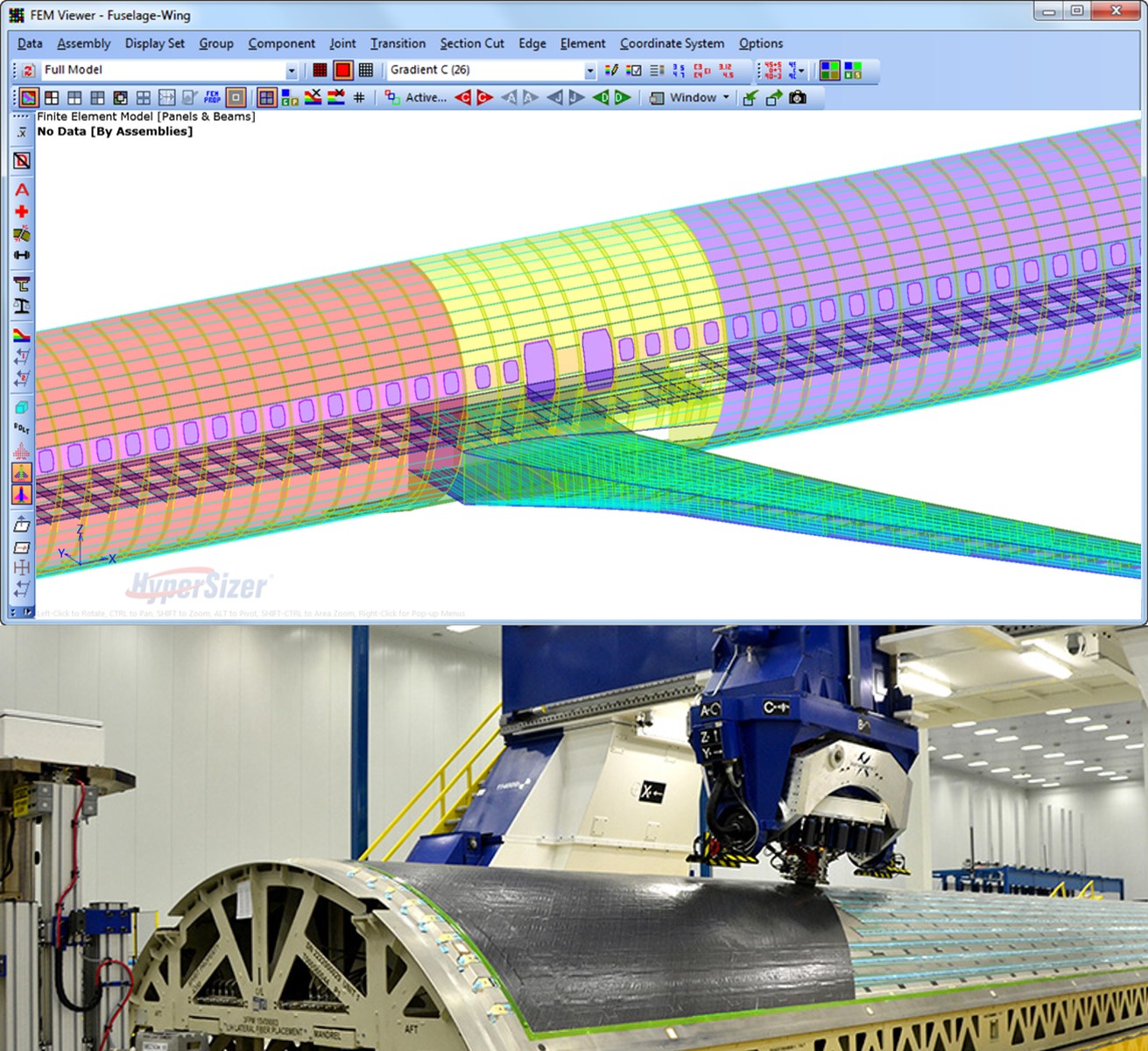
Software company Collier Research Corporation has announced it has become a member of NASA’s Advanced Composites Consortium (ACC).
Collier, reportedly the only software company in the ACC, is among the newest members joining the original group formed in 2015 by NASA Langley Research Center (LaRC), FAA William J Hughes Technical Center, The Boeing Company, General Electric Company (GE), Lockheed Martin Corporation, United Technologies Corporation, and the National Institute of Aerospace (NIA) – ACC Integrator.
Also new to the ACC are Aurora Flight Sciences Corporation, Orbital ATK, the University of South Carolina McNAIR Center for Aerospace Innovation and Research, and the Wichita State University National Institute for Aviation Research (NIAR).
Collier says that the ACC aims to bring better composite material analysis, design, and manufacturing into practice to help maintain American leadership in aviation manufacturing. The consortium was formed by NASA in support of the Advanced Composites Project, which is part of the Advanced Air Vehicles Program in the agency’s Aeronautics Research Mission Directorate. The project’s goal is to reduce product development and certification timelines by 30% for composite aircraft.
‘The push to take weight out of structures designed for flight is leading to a greater use of composites in the aerospace industry,’ says Craig Collier, president of Collier Research. ‘As these advanced materials are more complex to certify than metals, the use of automated, integrated analysis and design-performance optimization is critical – from the earliest stages of development all the way through manufacturing – to ensure that composites are used most effectively and certified for flight most efficiently.’
Design development
Craig Collier has been appointed cooperative research team (CRT) leader of two ACC initiatives: rapid tools and design for manufacturing.
‘Rapid tools are important because the bulk of aircraft design development and structural certification analysis revolves around them,’ says Collier. ‘The design maturation process spans several years. Shortening this long portion of the schedule will have a huge impact on the aircraft production timeline.
‘Design for manufacturing includes technologies such as robotic automated fiber placement (AFP) and curing processes during the analysis and optimization design phases. Merging these technologies early and iteratively will help engineers improve quality and consistency in laminate fabrication, resulting in fewer defects and streamlined certification.’
This story is reprinted from material from Collier, with editorial changes made by Materials Today. The views expressed in this article do not necessarily represent those of Elsevier.




